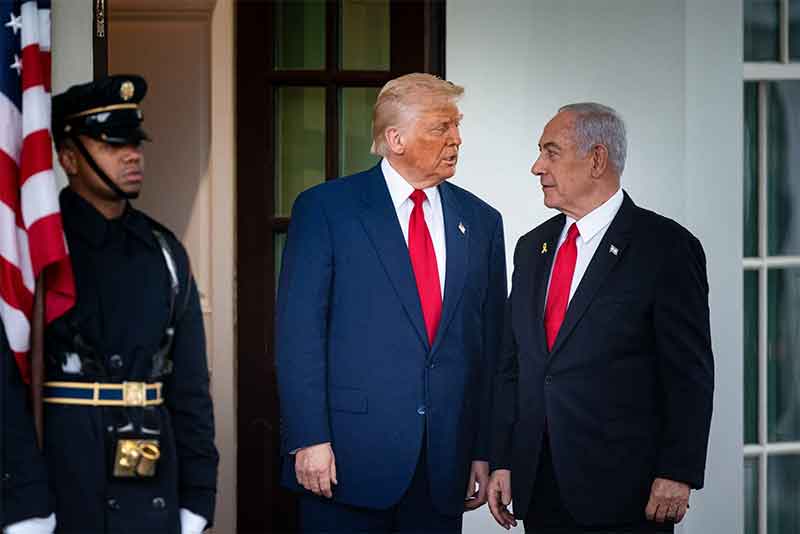
Sitting in the movie halls watching Joker and later Parasite in the order of release, these two seemingly different Oscar winning movies bring forth differing and varied emotions. While with Joker, you are taken through an intense microcosm view of individual agony of personal and structural violence and desperately begs your allegiance and sympathy towards the anti- hero, the Joker; with Parasite, the director Bong Joon-ho, through the Kim and Park families contrasts the class divide and brings class violence into sharp focus thus ensuring your solidarity with the disadvantaged Kim family. What brings then the two movies together albeit differently is how each are bound with similar themes of class, representation, symbolic/structural everyday violence as opposed to actual violence and finally and most importantly how they speak to the question of representation and what views they espouse or predict for the future or no future of class struggle.
The central organizing principle of both the movies and what drives the plot into coherence is the psychological violence of the various ways of ‘othering’. Class has multiple ways in which it can effect class closure. The movie brings out such class closures through affect and sense perceptions which then render the ‘other’ undesirable. In the case of Joker then through ‘sight’ and in the case of Parasite through ‘smell’. Repeatedly, the head of the Park family, representing the upper class in the movie Parasite speaks of how he does not like it when his members of staff ‘cross the line’, further adding that the head of the Kim family, Ki- Taek who is in relation to him as his chauffeur crosses that line through his smell. Despite all the cunning and struggles, the Kim family is unable to shed this ‘smell’. The direct sensual translation of living in abject material conditions and the primary pivot on which the family is ‘othered’. Similarly, while not explicitly based on class, the movie Joker speaks to the exclusion based on sight and is made apparent when the protagonist says “The worst part of having mental illness is people expect you to behave as if you don’t“. This could easily be transposed to the feelings of the poorer Kim family in the movie Parasite if one would interchange mental illness with poverty.
All this is rooted in space, the kinds of which is contrasted aptly in the Parasite. It is known that post 1970’s, space has taken a crucial role in critical theory. Foucault’s assertions then of space not being the realm of dead(1) and philosopher Lefevre asserting that space masks social power(2) and that capitalism uses space to reinforce social relations of production(3) could not have been brought to better depiction. The clean vivacious spaces with brilliant views of the nature as opposed to the Kim families’ cramped quarters in a basement with frequent views of drunk men relieving themselves brings the point into clear relevance and needs no further evidence. In contrast, the treatment of space in the Joker is not an exposition of the material but the consequence of the outside on the inner mental space of an individual. The camera angles of the movie bring forth the dystopia and disarray and mirrors the inner world of the Joker which by itself is the result of the ‘othering’ and the government cuts to public health funding among others.
The movie Parasite goes further and brings several other tragedies of the current phase of capitalism – the empty promise of industry which the movie highlights in the way the Kim family assembles Pizza boxes for pittance, the fierce competition for survival amongst the poor for rather sparse opportunities as can be seen in the ensuing struggle in the sub story of the older housekeeper of the Park family with the Kim family and the worst of it all, the sometimes blind allegiance to the rich as can been seen with the competing and older housekeeper’s husband sending ‘Thanks’ through Morse Code to the head of the household, Park Dong-ik of the richer Park family and the way in a rather unconscious response, Kim Ki-Taek the head of the poorer Kim family pulls off from closing his dying daughters’ bleeding wound to give the keys to the rich Park Donk-ik who wants to leave from the scene of violence.
While then largely, the two movies critique representation of the ‘other’. It can also be questioned whether the movie’s representation of the poor on its own, that of a madman in Joker and the cunning and the deceiving in the Parasite is fair? And if such representation isn’t a misrepresentation by itself.
If you be that may, what’s more interesting, however between these two movies is the response to the everyday symbolic violence and the larger structural violence in which each of the protagonists are placed. The Joker in a case of absolute defiance owns the humiliation of the othering by becoming a ‘Joker’ – one who has been told to smile despite the violence has now a smile stitched to his face. He is a ‘Joker’. The one who may be laughed at. What such ownership leads to in the end is the subversion of the othering and the humiliation. The further consequence of which can be assumed as to hold the possibility of a revolution- class or otherwise as Zizek points out here (https://thephilosophicalsalon.com/more-on-joker-from-apolitical-nihilism-to-a-new-left-or-why-trump-is-no-joker/). With Parasite however the director Kim Joon takes a rather bleak outlook for the future and really brings forth the present-day tragedy of the primary means of reproduction of capitalism which is ‘hope’ amongst the poor. The hope and aspiration that capitalism sells to the poor and buys consent for its violence. The hope of the younger in the Kim family of perhaps one day being able to rise the ladder and own the house previously owned by the Park family where his father now hides.
This is where the Parasite falls in glory and the Joker despite being shoddy and lazy in some of its arguments scores and gives language to resistance. What Parasite forgets in this moving social critique as compared to Joker is that art while powerful to lay bare the politics of the current also has the power to change. A strong metaphor can rouse a revolution or be appropriated in one as can be seen in scores of people identifying with the Joker and wearing joker masks across protests from South America to France in the world today.
References
- Massey, D. (1999). Philosophy and politics of spatiality: some considerations. The Hettner-
Lecture in Human Geography. Geographische Zeitschrift, [online] 87, pp.1-12. Available at:
http://www.jstor.org/stable/pdf/27818829.pdf?refreqid=excelsior %3A6f4bbd7b4f04146a6c6df54f5da4e78e
- Smith, N. (1998). Antinomies of Space and Nature in Henri Lefebvre’s The Production of Space. In: A. Light and J. Smith, ed., The Production of Public Space. Oxford: Rowman and Littlefield.
- Soja, E. (2011). Postmodern geographies. London: Verso, pp.1-94. Srinivasaaju,
Priyanka Krishna is a graduate from SOAS, University of London and works as a researcher in the field of education and development in India.
SIGN UP FOR COUNTERCURRENTS DAILY NEWS LETTER










































